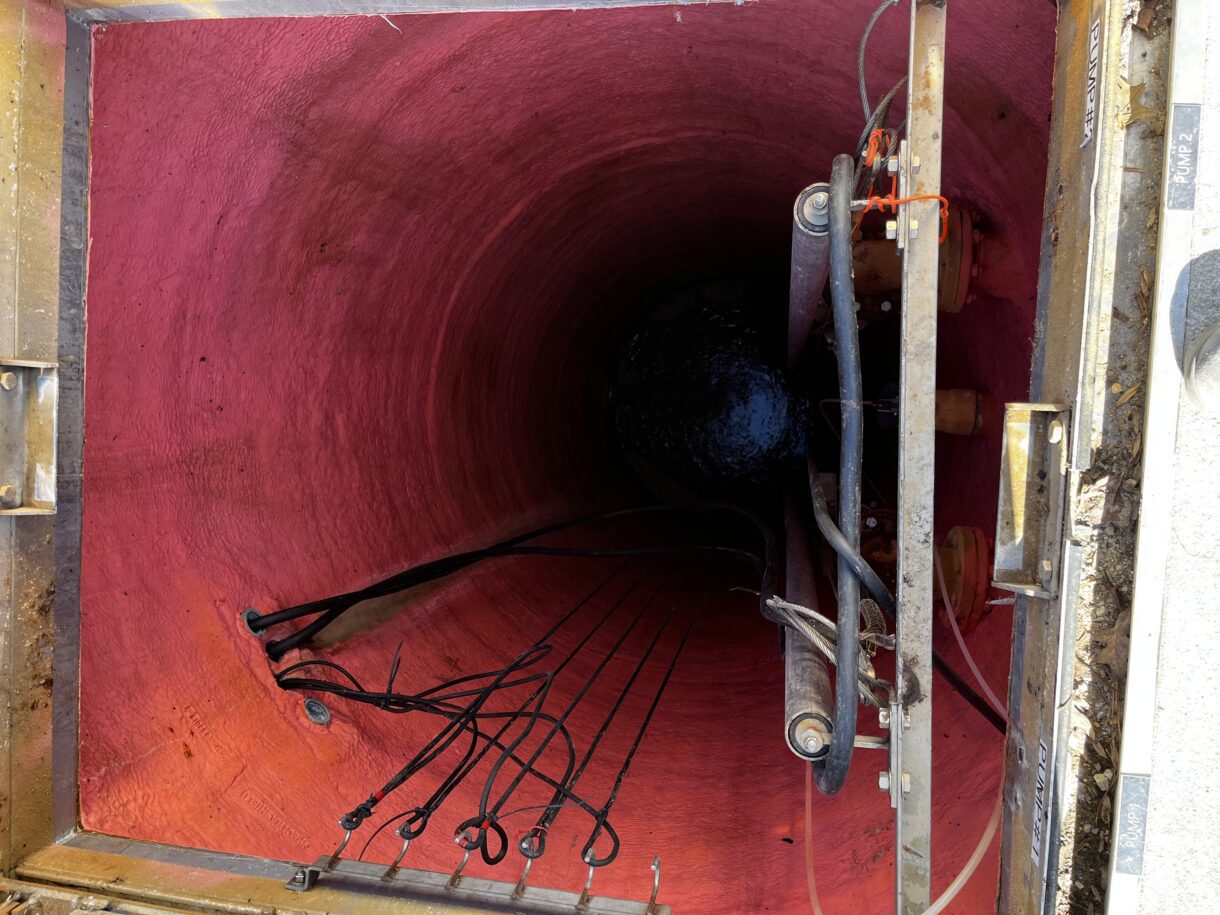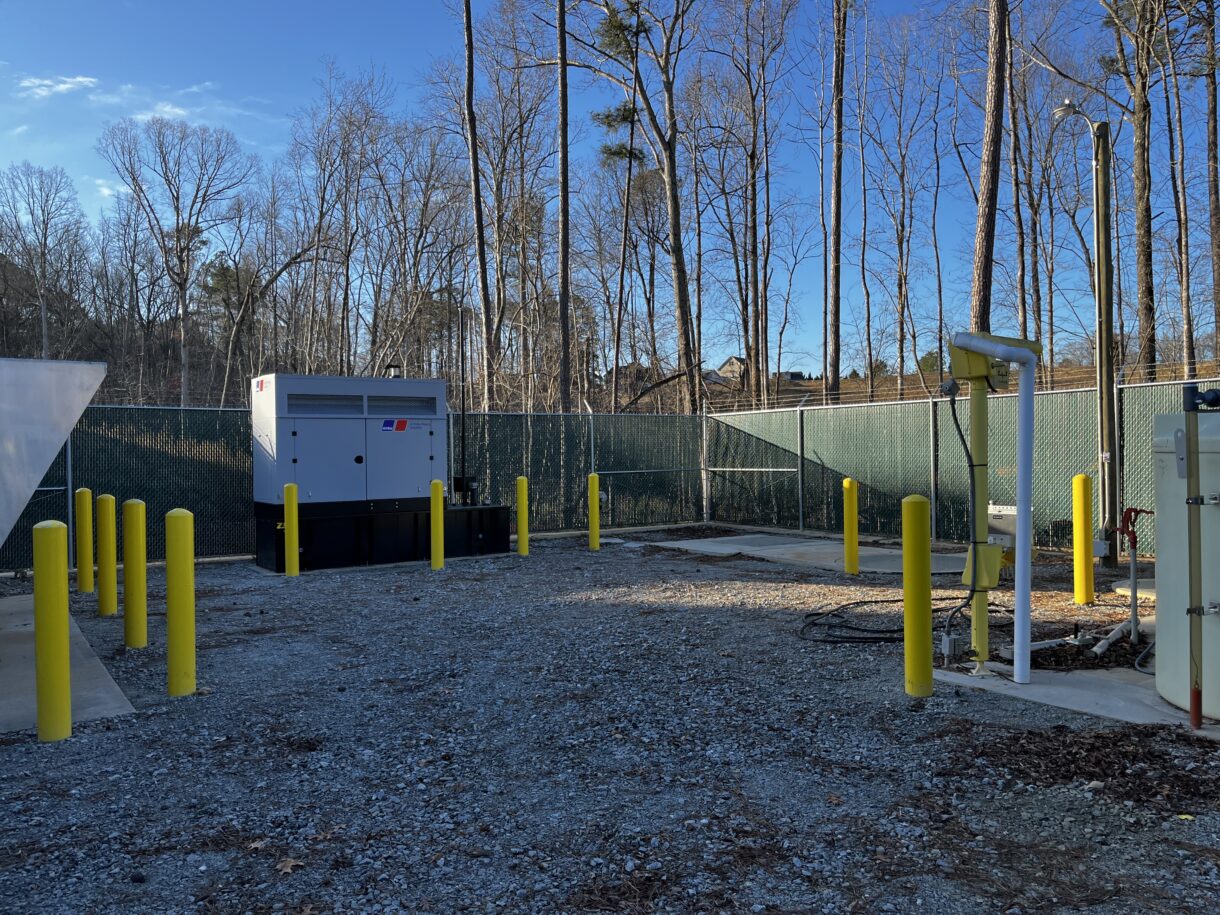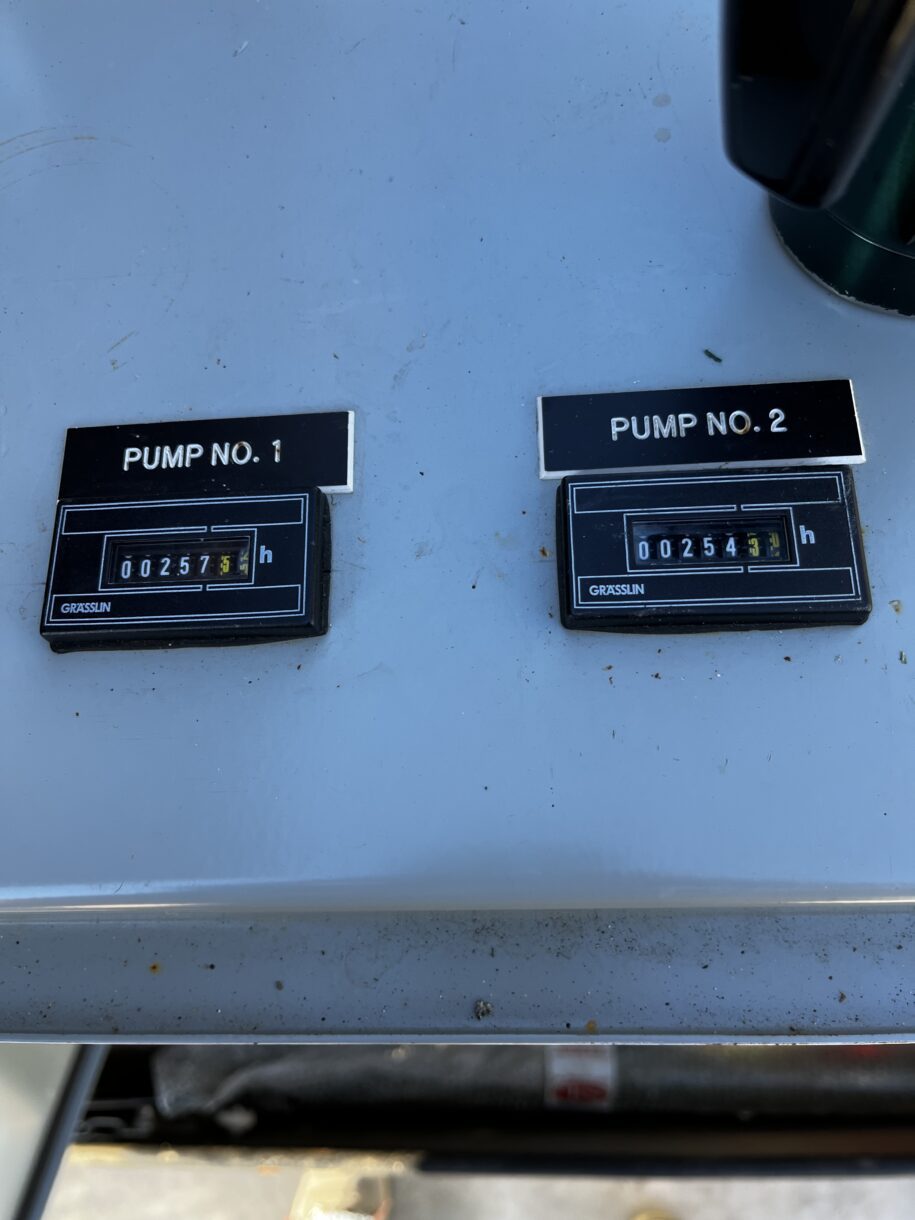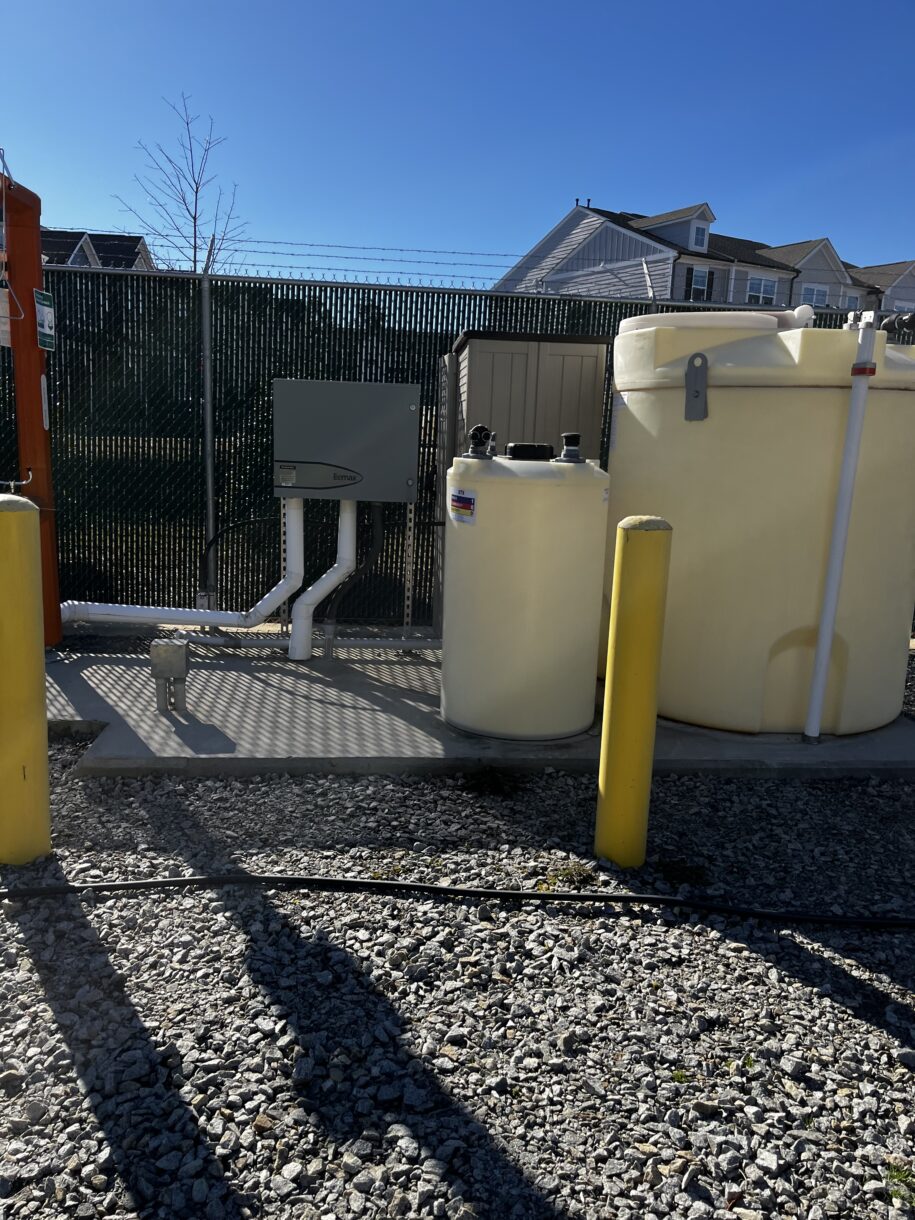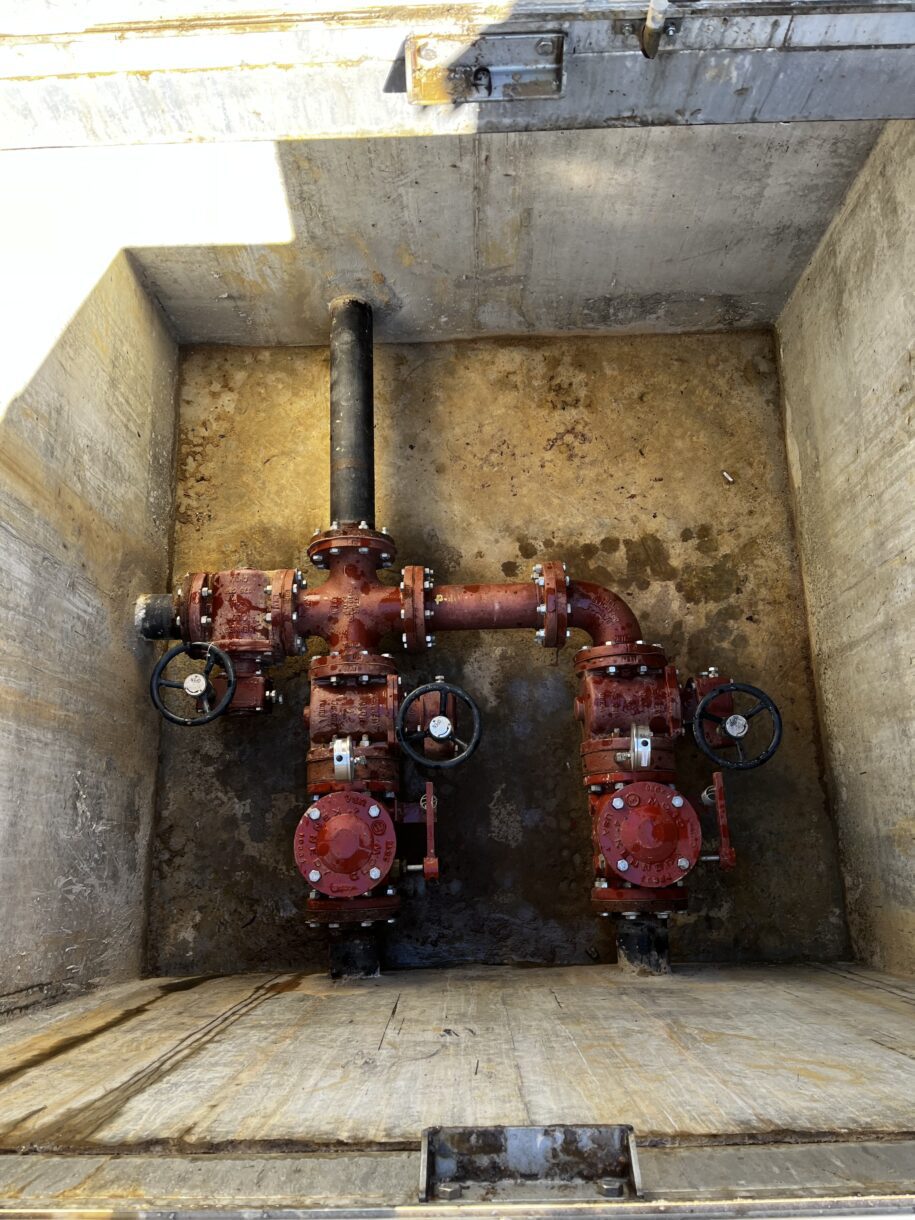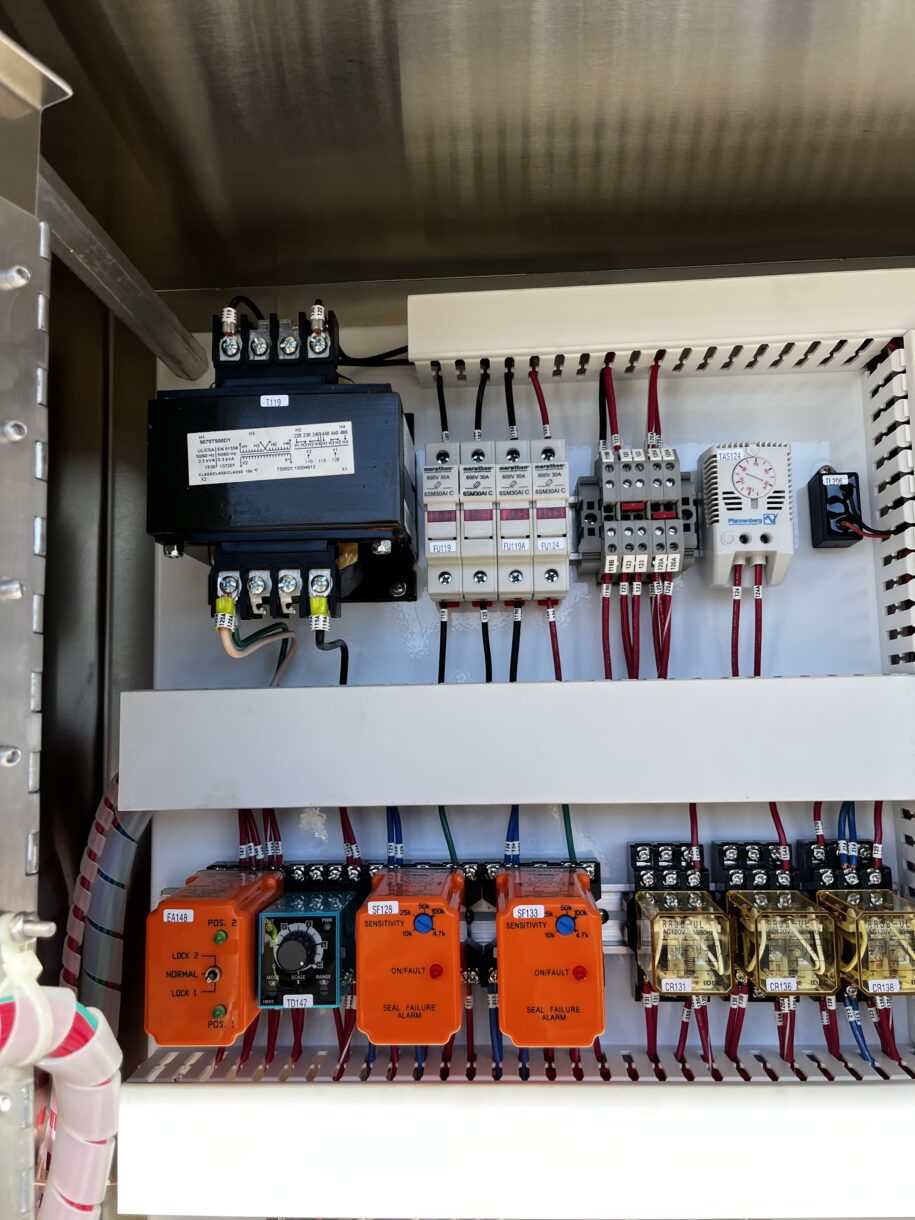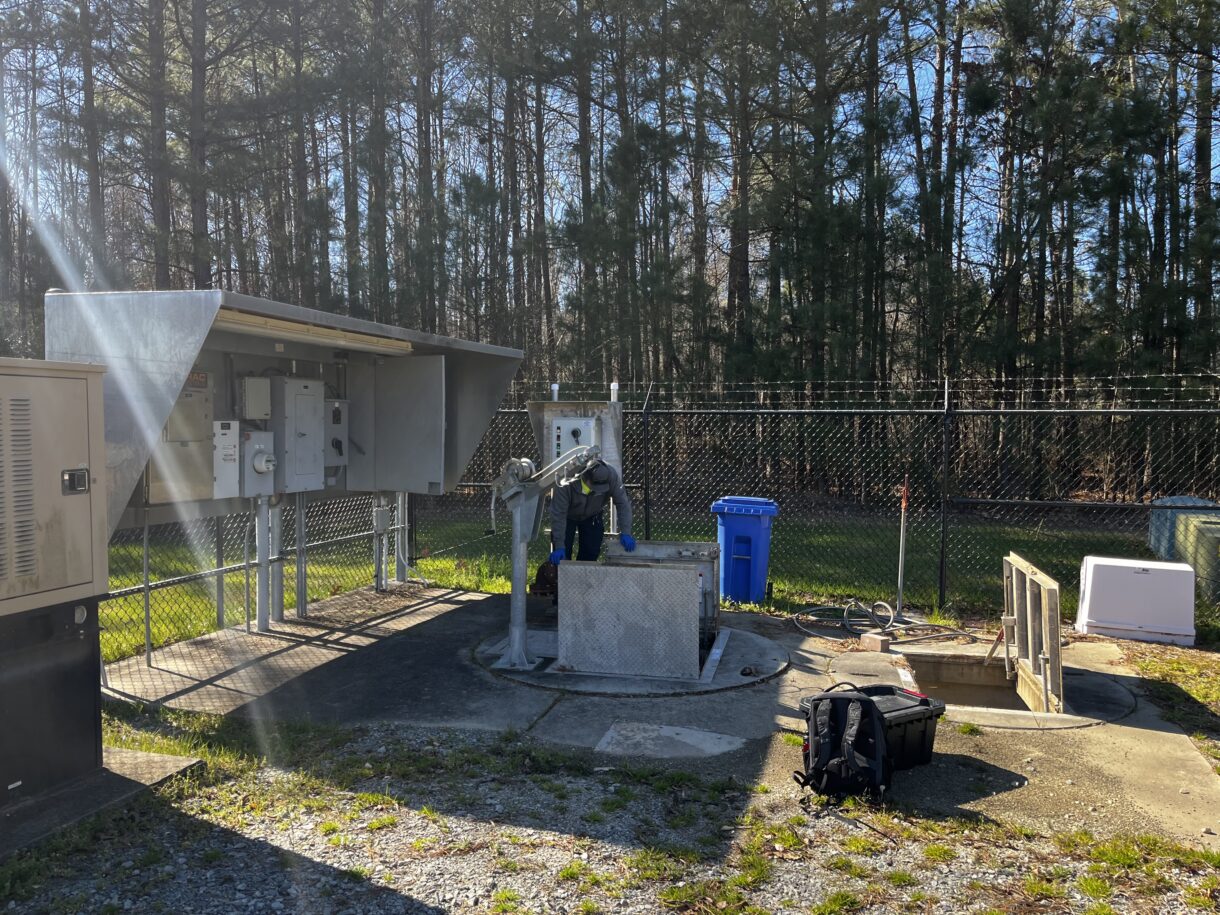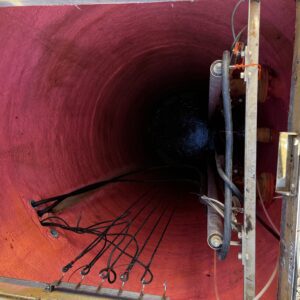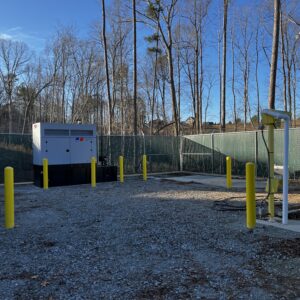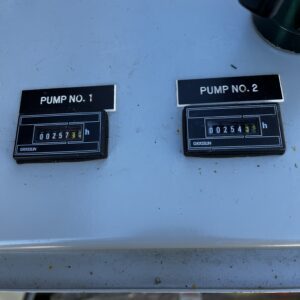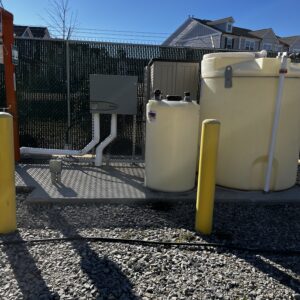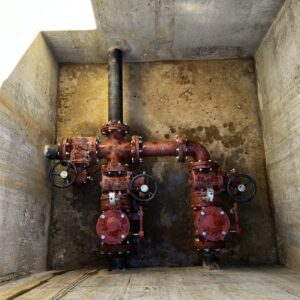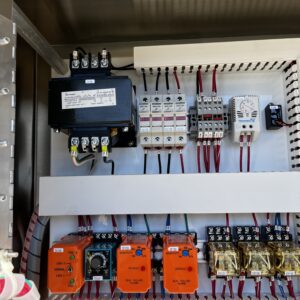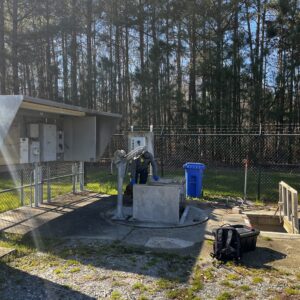WithersRavenel is providing Fuquay-Varina with a combined and comprehensive Sewer Master Plan and Asset Management Plan (AMP). This hybrid project resulted from a combination of funds from an Asset Inventory and Assessment (AIA) grant and Town-provided funds.
The project began with an assessment of the Town’s available GPS and GIS data. Fieldwork allowed WithersRavenel to assess assets identified in the gap analysis and investigate areas identified as the highest priority by Town staff. WithersRavenel additionally established a procedure to document pump station performance and condition within Esri’s data collection platform ArcGIS Survey123. Drawdown tests of every Town’s pump station will then inform their LiftCommand schema, a software that tracks current, allocated, and potential flow capacities.
The WithersRavenel project team collaborated with members of the ongoing Southern Oaks Design Build project to build upon an existing flow metering effort. Deploying knowledge from the Southern Oaks team and other previous metering efforts for the Town, WithersRavenel developed a flow metering strategy to optimize quantifying flows across the entire system. This flow meter data then translates into defining Rainfall-Derived Infiltration and Inflow (RDII), a scalable and reproducible indicator of deteriorated system condition.
Updated GIS, improved pump station data, and system-wide flows then converge into the creation of a dynamic representation of the sewer system via a hydraulic model. This model was built in CHI’s PCSWMM software and scales back to the original GIS, and therefore assets, on a near 1:1 ratio. Model calibration entails adjusting the model to represent observed flow conditions, especially for periods following major storms to predict RDII. Creating a robust calibrated model then supports predicting system conditions at multiple planning horizons for 2, 5, and 10-year design storms and 10-year, 20-year, and 50-year development scenarios.
The resulting Master Plan and Asset Management Plan focuses on Capital Improvement Plan (CIP) projects for both near-term and future system needs for the next 50 years. In addition to hydraulic modeling, a parallel WithersRavenel Lifecycle modeling team is collaboratively providing their insights and predictive data. WithersRavenel is currently creating a decision framework to inform asset-by-asset outcomes based on existing conditions, performance, known capacities, and projected deterioration and/or capacity limits. Capital projects will next be displayed with cost estimates, projected developments, and modeled capacities in a customized GIS-based planning dashboard. In addition to a final report, WithersRavenel will lastly provide tailored training to enable continued success in the operations and management of their current and future sewer assets.

